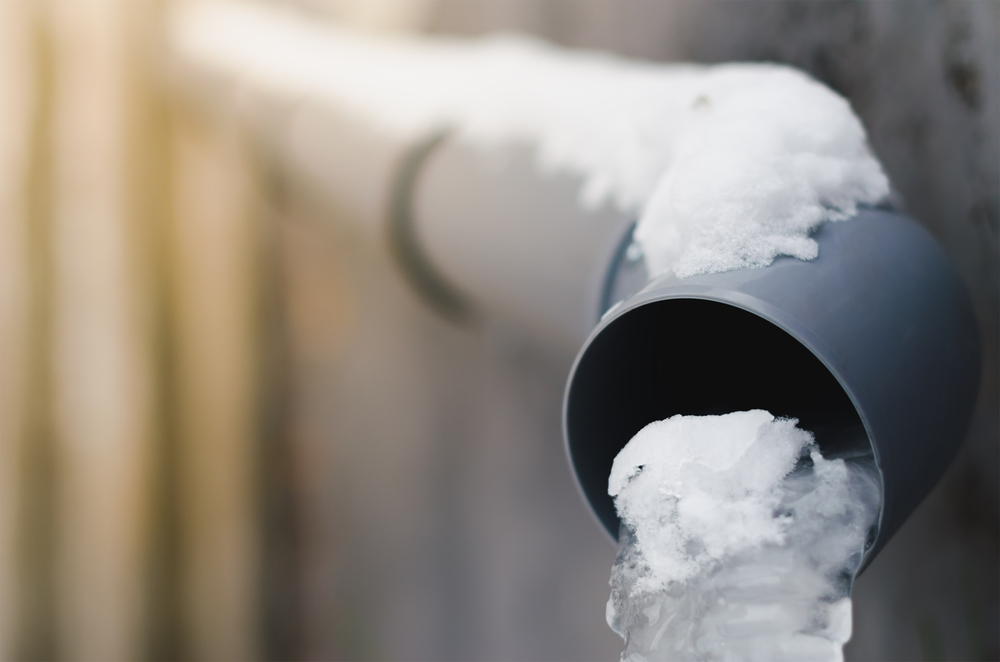Just about everyone is bound to have his or her own way of thinking involving Preventing and dealing with frozen pipes.

Winter can ruin your plumbing, particularly by freezing pipes. Here's exactly how to avoid it from taking place and what to do if it does.
Intro
As temperatures decrease, the threat of icy pipelines rises, potentially causing costly fixings and water damage. Recognizing exactly how to stop frozen pipes is critical for property owners in cool climates.
Prevention Tips
Protecting at risk pipelines
Wrap pipes in insulation sleeves or use warm tape to shield them from freezing temperature levels. Concentrate on pipelines in unheated or external areas of the home.
Heating techniques
Keep interior rooms sufficiently warmed, specifically areas with plumbing. Open up closet doors to allow warm air to distribute around pipes under sinks.
How to identify icy pipelines
Seek reduced water flow from taps, uncommon smells or sounds from pipes, and visible frost on revealed pipes.
Long-Term Solutions
Architectural modifications
Think about rerouting pipes far from exterior wall surfaces or unheated areas. Add additional insulation to attics, basements, and crawl spaces.
Updating insulation
Invest in top quality insulation for pipelines, attics, and walls. Correct insulation assists keep constant temperature levels and reduces the danger of icy pipes.
Shielding Outside Plumbing
Yard pipes and exterior faucets
Separate and drain pipes garden tubes before winter months. Mount frost-proof spigots or cover outside faucets with insulated caps.
Understanding Frozen Pipelines
What triggers pipes to freeze?
Pipes freeze when exposed to temperature levels below 32 ° F (0 ° C) for extended periods. As water inside the pipes freezes, it increases, taxing the pipeline walls and potentially triggering them to break.
Threats and damages
Icy pipes can cause supply of water interruptions, building damages, and costly repair work. Burst pipelines can flood homes and cause extensive structural damage.
Indicators of Frozen Pipes
Identifying icy pipelines early can prevent them from breaking.
What to Do If Your Pipes Freeze
Immediate activities to take
If you suspect frozen pipes, keep faucets available to relieve pressure as the ice thaws. Utilize a hairdryer or towels soaked in hot water to thaw pipes gradually.
Verdict
Protecting against icy pipes requires aggressive procedures and quick responses. By recognizing the reasons, signs, and safety nets, house owners can protect their pipes throughout cold weather.
6 Proven Ways to Prevent Frozen Pipes and Protect Your Home
Disconnect and Drain Garden Hoses
Before winter arrives, start by disconnecting your garden hoses and draining any remaining water. Close the shut-off valves that supply outdoor hose bibs and leave the outdoor faucet open to allow any residual water to drain. For extra protection, consider using faucet covers throughout the colder months. It’s also important to drain water from any sprinkler supply lines following the manufacturer’s directions.
Insulate Exposed Pipes
Insulating your pipes is an effective way to prevent freezing. Pipe insulation is readily available at home improvement stores and is relatively inexpensive. Pay close attention to pipes in unheated areas such as the attic, basement, crawl spaces, or garage. Apply foam insulation generously to create a buffer against the cold. You can also wrap your pipes in heat tape or thermostat-controlled heat cables for added warmth.
Seal Air Leaks
Inspect your home for any cracks or openings that could let in cold air. Seal any holes around the piping in interior or exterior walls, as well as the sill plates where your home rests on its foundation. Additionally, make sure to keep your garage door closed unless you’re entering or exiting. Leaving it open creates a significant air leak that can lead to frozen pipes.
Allow Warm Air Circulation
During cold snaps, it’s essential to allow warm air to circulate evenly throughout your home. Leave interior doors ajar to promote better airflow. Open kitchen and bathroom cabinets to help distribute heat consistently around the rooms. If you have small children or pets, be sure to remove any household chemicals or potentially harmful cleaners from open cabinets for safety.
Let Faucets Drip
A small trickle of water can make a big difference in preventing ice formation inside your pipes. When temperatures drop significantly, start a drip of water from all faucets served by exposed pipes. This continuous flow helps prevent the water from freezing. Additionally, running a few faucets slightly can relieve pressure inside the pipes, reducing the chances of a rupture if the water inside does freeze.
https://choateshvac.com/6-proven-ways-to-prevent-frozen-pipes-and-protect-your-home/

I came across that post about Prevent Frozen Pipes while looking around the search engines. So long as you liked our blog posting if you please make sure you remember to share it. Many thanks for going through it.
Visit Url
Comments on “Crucial Advice to Avoid Frozen Pipes in Cold Weather: Professional Guidance”